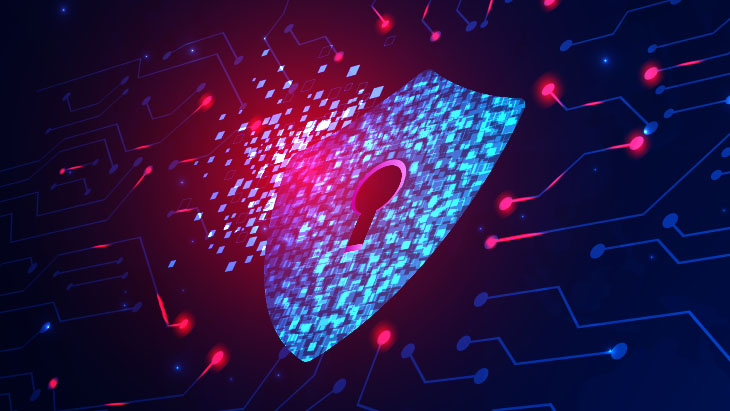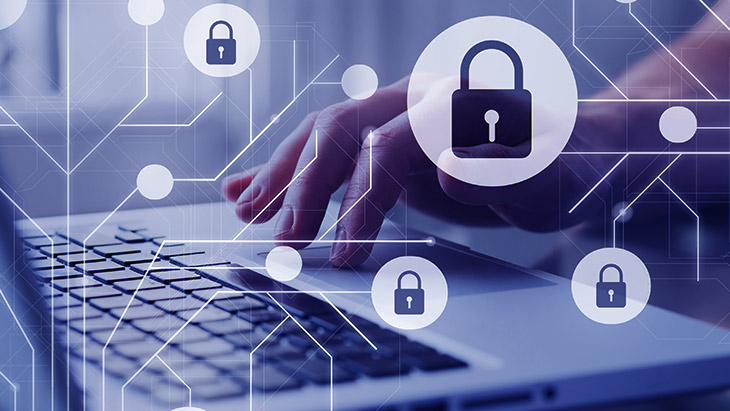
8 Cybersecurity Myths vs. Facts
When it comes to cybersecurity, companies can sometimes act according to misconceptions that are believed to be true based on various myths. Companies that create some or all of their data security policies based on cybersecurity myths, or do not review their existing policies by relying on the errors revealed by these myths, become vulnerable to ransomware, malware, and phishing-like threats.
Since these erroneous presumptions about correct or assumed mistakes leaves companies unprotected against cyber threats, the occurrence of data breach incidents comes across as an inevitable result. Data leaks as a result of cyber-attacks cause companies to be penalized under regulations such as the GDPR, as well as financial losses due to ransom demands from cyber attackers.
The damage to the brand identity and the interruption of business continuity are among the consequences of not building a secure IT infrastructure and acting based on the myths of cybersecurity. So, what are these myths, what is the truth behind the mistakes that makes companies an easy target for cyber attackers? Let's look for answers to these questions by examining 8 cybersecurity myths!
8 Cybersecurity Myths
Let's take a look at 8 cybersecurity myths and the facts behind them that cause companies to ignore their IT infrastructures, or worse, make them think that their current IT infrastructure is sufficient.
1. Cyber attackers do not target small and medium-sized companies
Fact: Small and Medium-sized Enterprises (SMEs) think they have a natural shield against cyber threats because they are so small and think no one cares about their data. But this couldn’t be farther from the truth.
Cyber attackers often do not target a specific company. On the contrary, they want to attack everything that comes under their radar and increase their profits. SMBs automatically find themselves in the middle of these attacks, as they often do not have advanced security software and specialized IT teams. As a matter of fact, it should be underlined that they are taken for granted by hackers because they are not good enough in terms of cybersecurity.
2. Strong passwords are enough to prevent a data breach
Fact: Companies think that internal passwords created with standard procedures are strong enough to keep their workflow secure. But of course, that is also wrong. Using strong password applications should only be considered the first step, and multi-layered security measures such as Two-Factor Authentication (2FA), database access monitoring, and data masking should be resorted to as well.
3. Only certain industries are vulnerable to cyberattacks
Fact: We present you with another set of correct assumed mistakes. Some companies think that cybercriminals will not target them because of the industry they operate in. Other companies think that they do not have data worth stealing. They’re both wrong.
All companies contain chunks of sensitive data that are worth stealing, including credit card numbers, address details, and personal information. That's why entire companies with relevant sensitive data, not just specific industries, are highly attractive to cyber attackers.
4. Cyber threats come from outside
Fact: Cyber threats do not always come from outside, on the contrary, they are mostly built on conquering the castle from within. Of course, external threats should be carefully monitored and controlled, but denying the existence of internal threats is one of the biggest mistakes made. Internal threats can arise from a deliberate attempt by an employee seeking financial gain or revenge against the company, or from a mistake made by an employee who has not received adequate cybersecurity training.
According to the Cost of a Data Breach Report 2021 prepared by IBM, compromised credentials account for 20% of data breaches. In the 20% range, malicious employees are the third group with the highest cost. The report reveals that internal threats cost companies $4.61 million in 2021.
5. Data breaches should be handled first by IT teams and lawyers, and other key teams in the company should be notified later
Fact: Since data leaks pose a high risk of reputational damage, the in-house communications team needs to be involved in the process in the first place. It is very important for the company to address the issue of how to ensure the trust of the stakeholders regarding the data breach at an early stage.
6. Anti-virus and anti-malware software is enough to keep us safe
Fact: Impossible. Anti-virus and anti-malware software, without doubt, are necessary to ensure the security of your company, but they are not enough on their own. Two types of software alone cannot protect your entire IT infrastructure against cyber threats. Therefore, you should have a comprehensive cybersecurity solution, that not only includes basic software and hardware support, but also includes a multi-layered data access security structure and employee training.
7. Compliance with industry regulations is sufficient to allocate data security
Fact: Compliance with the data regulations of the industry in which you operate is very important to avoid negative legal consequences. But compliance with industry data regulations supports minimal security practices as it will only provide a basic level of protection. Therefore, you should keep in mind that you need to build an IT network that will cover all critical systems and sensitive data.
8. We have implemented full cybersecurity, everything is ok
Fact: Wrong! You should see cybersecurity as a process. You should always keep in mind that you may encounter newer and more complex cyber attacks, and you should always try to improve your data security infrastructure. To do this, you can use Privileged Access Management applications.
Correct assumed mistakes put data security at risk by causing companies to not pay enough attention to their cybersecurity efforts. Privileged Access Management solutions are essential to creating a robust cybersecurity framework. Kron’s Single Connect is one of the world's most advanced Privileged Access Management (PAM) solutions, and was included in the Magic Quadrant for PAM report prepared by Gartner to prevent data security threats, create advanced security network, and provide end-to-end data access security.
Contact us for more detailed information about our cybersecurity solutions, especially Single Connect. We have an expert level team waiting to answer your questions.













